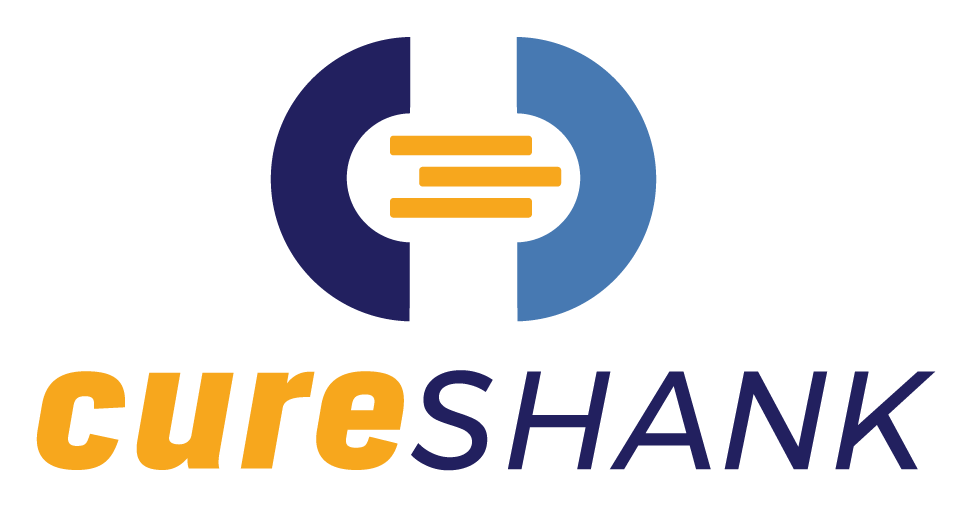SHANK3 Research - How Does it Affect Autism Spectrum Disorder
SHANK3 is the most prominent gene in autism patients. It has mutations that range from 1 to 2% among people who have autism spectrum disorders. According to multiple pieces of SHANK3 research, the gene encodes a protein required for synapses to take place in neurons. There are two types of SH3 genes: inherited and spontaneous. Both of them produce the protein that transpires into a scaffolding, thus providing a platform where other proteins can thrive. One of the primary functions of SH3 genes is to secure receptors responsible for chemical exchanges during the synapse. These chemical messengers are known as glutamate. The signaling of glutamate is essential to establish cognitive abilities, memory development, and learning. Autism patients usually have imbalances in glutamate signaling, and so, don’t have the cognitive skills as others.
Relationship of SHANK3 and Autism
Your brain contains a region that has 22q13 chromosomes. SHANK3 develops in this region and grows bigger as you age. Autism patients don’t have the 22q13 chromosomes, and therefore, suffer from Phelan-McDermid syndrome. This syndrome leads to delayed speech and intellectual disability, a few symptoms that you may see in people with autism.
A study published by Molecular Autism shows that people who don’t have the SH3 gene suffer from two things: severe intellectual disability and autism. Many researchers concluded that autistic patients have multiple mutations of the SH3 gene. The mutations that take place in the brain either delete the gene or make subtle changes by replacing amino acids.
Researchers and scientists conducted an experiment to figure out the quantitative contribution of SH3 in the pathogenesis of autism. After the experiment, they found out that copy-number variants and frequency of the gene’s DNA sequence were responsible for deleting two genes among 400 participants. These were all autistic patients who had different levels of the disorder, from mild to severe. The result showed that there was approximately 0.75% contribution from SH3, which is enough to break the communication among neurons.
Once the communication among neurons breaks down, your mind cannot function properly. You may forget things that happened a few minutes back, while sometimes, you may remember incidents that happened in your child, which others around you have forgotten. This imbalance continues to exist because of the continuous interference of the gene.
Role of SH3
Before understanding the role of SH3, it’s essential to know a little bit about autism. Autism is not a genetic disorder; in fact, it’s a neurodevelopmental disorder that usually develops in a child within a maximum of 3 years from its birth. It represents a bigger class of pervasive developmental disorder which also means autism spectrum disorder. The three main symptoms of autism are as follows:
Impairment of communication
Impairment of reciprocating social interactions
Restricted range of interests and behaviors
The pieces of SHANK3 research suggest that the mutations associated with autism spectrum disorder patients usually have two neuroligin genes found on the X chromosome, SH3 in chromosome 22q13, and 10RPL10 at Xq28. Although the mutations of a few patients did show other associations, they are so rare that scientists couldn’t generalize them as they did with the three chromosomes mentioned above.
SHANK3 is the core component that produces a protein responsible for postsynaptic density in excitatory synapses. This allows the gene to multiply faster, and as a result, has a scaffolding effect. It becomes the master scaffolder that forms large sheets on which other neurons and proteins can grow. The drawback of this situation is that these neurons and proteins are not able to communicate with their respective groups. Therefore, communication breaks down, and your mind cannot function properly.
The postsynaptic density in autistic patients shows that SH3 genes bind with neuroligins and neurexins and develop a complicated series of glutamatergic synapses. Multiple SHANK3 research on autistic patients prove that they cause potential monogenic complications.
Scientists have also found out that SH3’s epigenetic regulations are present in autism spectrum disorder patients. Further molecular studies also suggest that the gene has different variants that trigger different responses in the brains of autistic patients. That is why different patients may react differently to a similar situation. The percentage of SH3 also decides whether autism in a patient is in its initial or severe stage.

